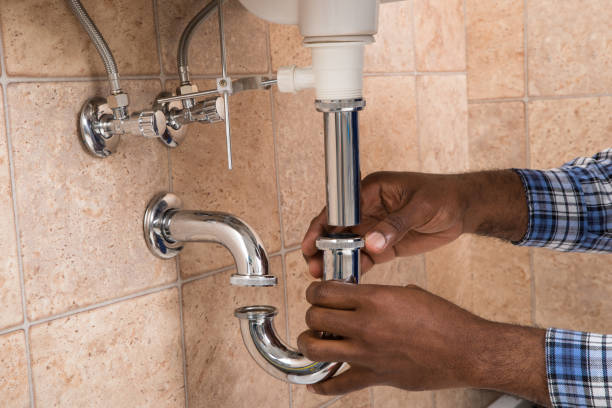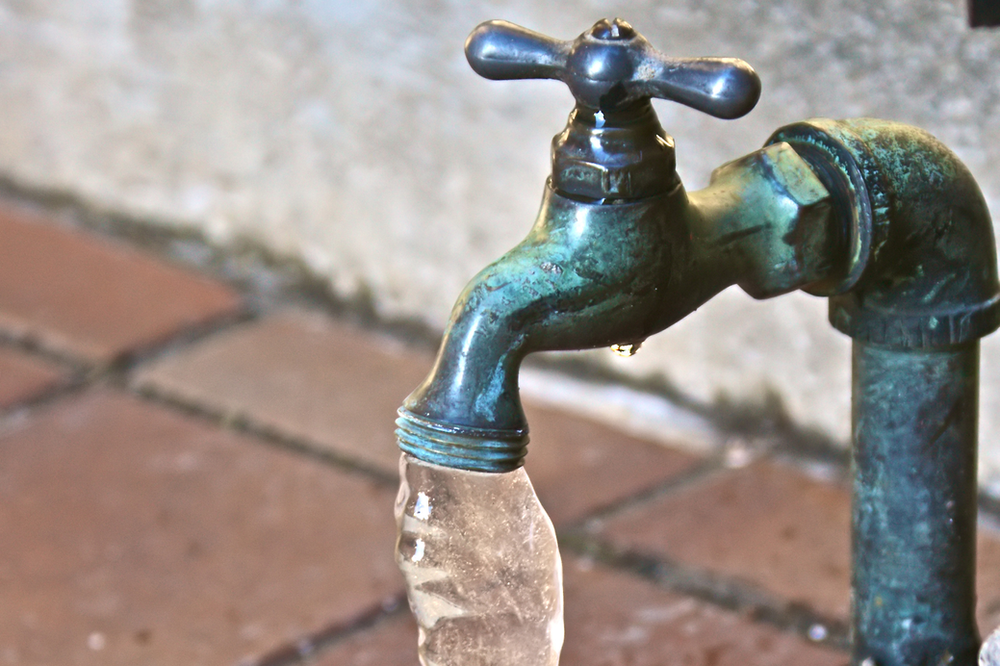Everybody has their personal idea when it comes to What to Know About Plumbing: Basics, Tips, and Insights.

Plumbing is an essential element of any kind of home, responsible for providing tidy water for drinking, food preparation, and bathing, as well as eliminating wastewater securely. Understanding the fundamentals of home plumbing is essential for each home owner to guarantee appropriate upkeep, troubleshooting, and, if essential, repairs. In this novice's overview, we'll cover the basic concepts of home plumbing to assist you come to be more acquainted with just how it works.
Water Furnace
The water heating system is accountable for home heating water for residential usage, consisting of bathing, food preparation, and cleansing. Typical sorts of water heaters consist of tank-type water heaters, tankless (on-demand) water heaters, and heat pump water heaters. The hot water heater is connected to the supply of water system and provides warm water to plumbing components as required.
Drain System
The water drainage system removes wastewater from your home and brings it away to a sewage therapy center or septic system. It contains a network of pipelines, fittings, and fixtures that move wastewater from plumbing components to the major sewage system line or septic system. Correct water drainage is essential to avoid obstructions, back-ups, and sewer leakages.
Air flow System
The ventilation system assists preserve proper air pressure and prevent sewer gases from entering your home. Vent pipes, also known as air vent heaps, prolong from plumbing fixtures to the roof, allowing sewage system gases to leave safely outdoors. Air flow pipes also permit air to get in the drain system, assisting in smooth wastewater flow and preventing suction or vacuum effects.
Water System
The water system brings tidy water into your home from a metropolitan water resource or a private well. It contains a major water line that links to your home's plumbing system, normally located underground. A water meter gauges the amount of water consumed, while a shut-off shutoff allows you to regulate the flow of water right into your home.
Plumbing Components
Plumbing components are devices that supply water to different parts of your home and consist of sinks, faucets, toilets, showers, tubs, and appliances such as dish washers and washing equipments. Each component is linked to the water supply system using pipes and installations and may have its shut-off valve for upkeep or emergencies.
Usual Plumbing Tools
Having the right tools accessible is vital for performing fundamental plumbing repairs and maintenance jobs. Common plumbing devices consist of flexible wrenches, pipe wrenches, pliers, pipe cutters, hacksaws, bettors, augers (or drain snakes), and Teflon tape. Having these devices readily available can aid you tackle minor plumbing issues effectively.
Standard Plumbing Repair Work
While some plumbing fixings may require specialist assistance, numerous typical concerns can be resolved with basic DIY methods. Understanding how to repair a leaking tap, unblock a drain, replace a commode flapper, or repair a trickling showerhead can save you money and time on plumbing repair work.
Verdict
Understanding the essentials of home plumbing is necessary for each house owner to keep a risk-free, practical, and efficient plumbing system. By acquainting on your own with the water system system, plumbing components, drainage system, ventilation system, usual plumbing tools, and fundamental fixings, you can with confidence address small plumbing concerns and guarantee your home's plumbing system runs efficiently.
Plumbing for Beginners: A Comprehensive Guide
If you’re a beginner when it comes to plumbing, don’t worry; you’re not alone. Plumbing may seem intimidating, but with the right knowledge and a little practice, you can handle many common plumbing issues on your own. In this comprehensive guide, we will demystify the world of plumbing for beginners, providing you with the basic knowledge and skills needed to tackle common plumbing problems and even take on some DIY plumbing projects.
The Importance of Basic Plumbing Knowledge for Beginners:
First and foremost, basic plumbing knowledge gives you a solid foundation. It helps you grasp the key concepts and terminology that are essential in this field. By learning the basics, you’ll be able to build upon that knowledge and tackle more complex plumbing tasks in the future.
Having a basic understanding of plumbing also enables you to handle common issues that may arise in your home. Picture this: a leaky faucet or a clogged drain. With some basic plumbing knowledge, you’ll have the confidence to troubleshoot and fix these problems on your own. It saves you from unnecessary expenses and the hassle of waiting for a professional to arrive.
As a beginner, learning the basics of plumbing empowers you to take care of your own home. It gives you a sense of independence and self-reliance. You’ll no longer have to rely solely on professionals for every small issue that pops up. Instead, you can handle many tasks yourself, saving time and money in the process.
Remember, everyone starts as a beginner. Embrace the learning process and take small steps to expand your plumbing knowledge. There are plenty of online resources, tutorials, and even local workshops that talk about plumbing for beginners.
Essential Tools for Plumbing for Beginners
As you start your plumbing journey, having the right tools in your toolbox is crucial. Let’s explore some of the must-have tools:
Adjustable Wrench:
This versatile tool is a staple in any plumber’s toolbox. It allows you to tighten or loosen nuts and bolts of various sizes. Make sure to have an adjustable wrench with a comfortable grip.
Pipe Wrench:
A pipe wrench is specifically designed for gripping and turning pipes. It has serrated jaws that provide a strong grip, making it easier to loosen or tighten threaded pipes and fittings.
Plunger:
The plunger is a simple yet effective tool for clearing clogged drains and toilets. It creates suction when you push and pull, helping to dislodge blockages. Keep a good-quality plunger handy for those unexpected clogs.
Pipe Cutter:
When it comes to cutting pipes, a pipe cutter is your go-to tool. It creates clean, precise cuts without damaging the pipe. Look for a pipe cutter that can handle the pipe sizes you’re working with.
Hacksaw:
A hacksaw is useful for cutting through pipes, screws, and other materials. It’s a versatile tool that can handle different cutting tasks. Remember to use a blade suitable for cutting metal.
Tape Measure:
Accurate measurements are crucial in plumbing. A tape measure allows you to measure pipe lengths, distances, and dimensions accurately. Opt for a sturdy tape measure that extends a good length.
Pliers:
Pliers come in handy for various tasks, such as gripping, bending, and cutting. Slip-joint pliers with adjustable jaws are great for gripping pipes, nuts, and bolts.

I found that blog post about What to Know About Plumbing: Basics, Tips, and Insights while perusing the search engines. Sharing is caring. One never knows, you might be doing someone a favor. Kudos for being here. Return soon.
Book Appointment Now